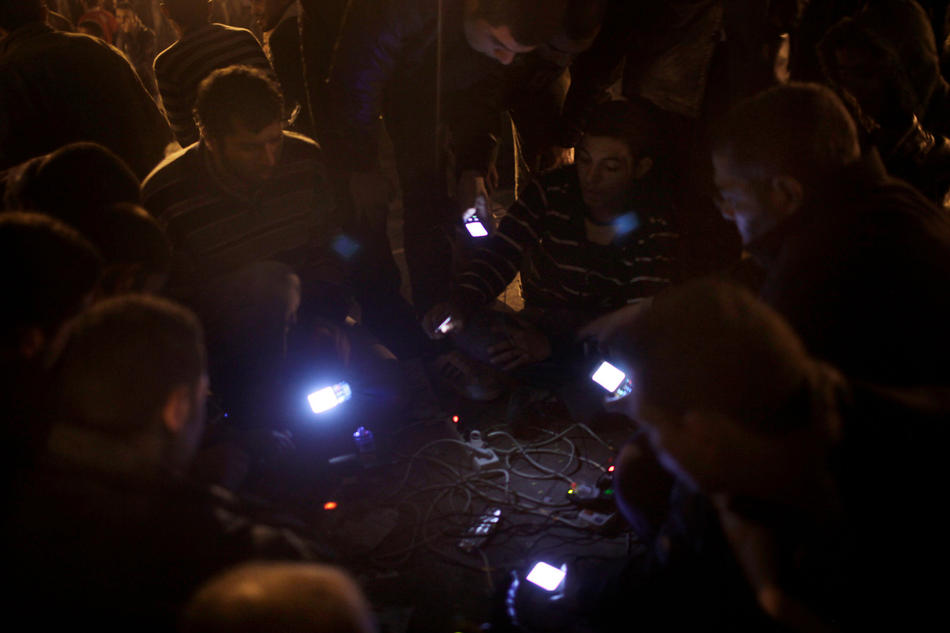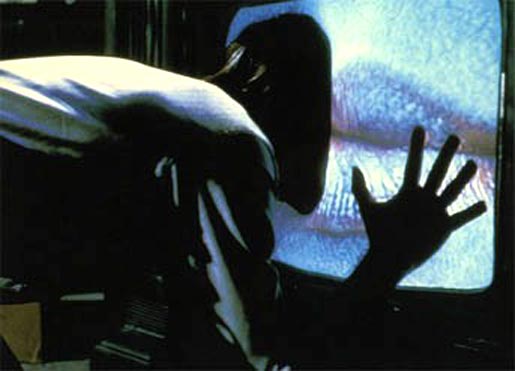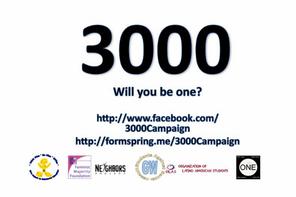 Twitter users, likely from outside of China itself, are calling for people to “stroll” in Chinese public areas. The strolling protestors are not to carry signs or yell slogans, but instead to blend in with regular foot traffic. Chinese officials will not be able to identify protestors who themselves can safely blend in anonymity. [Edit for clarity: the idea is that foot traffic will increase in the announced area, but officials won’t know which are the protesters.]
Twitter users, likely from outside of China itself, are calling for people to “stroll” in Chinese public areas. The strolling protestors are not to carry signs or yell slogans, but instead to blend in with regular foot traffic. Chinese officials will not be able to identify protestors who themselves can safely blend in anonymity. [Edit for clarity: the idea is that foot traffic will increase in the announced area, but officials won’t know which are the protesters.]
This tactic is reminiscent of those French Situationist strategies of May ’68 to create chaos and disorder (note that strolling is akin to, but not exactly the same as, DeBord’s practice of “the derive“). The calls to “stroll” have had impact in China with the government shutting down public spaces and popular hangouts. Even a busy McDonald’s was closed. These gatherings announced over Twitter have been highly attended by many officials, police and media, but, importantly, not by many protestors themselves.
This is slacktivism at its best. If this slacker activism is often defined by more...







